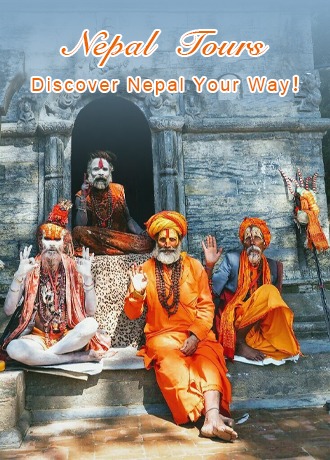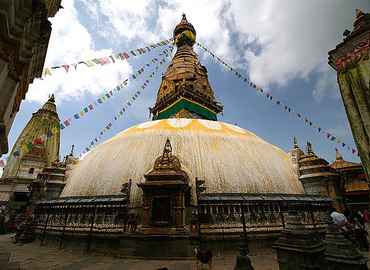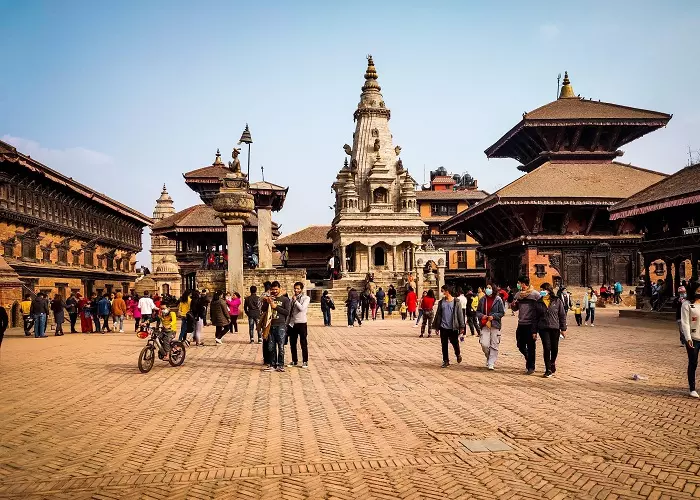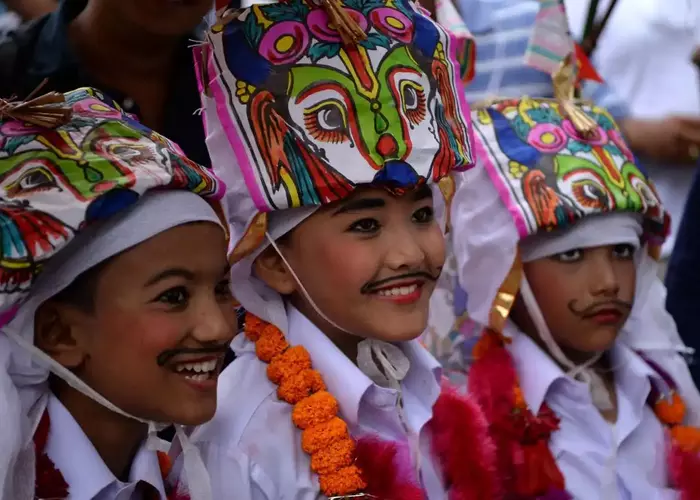Kathmandu Airport
- Jennie
- Last Updated : 10/08/2025
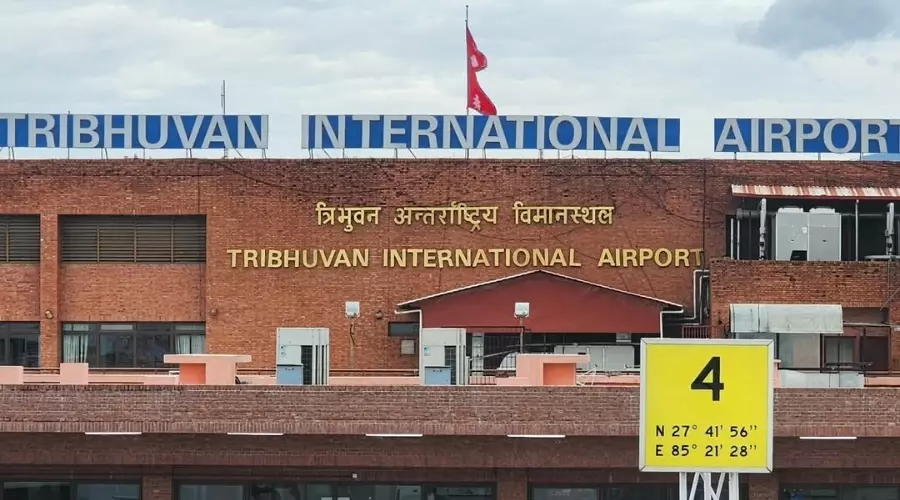
Tribhuvan International Airport (abbreviated as TIA, IATA code KTM) is located in Kathmandu, Nepal, and is the country's main international airport. It connects Nepal to over 40 destinations across 17 countries/regions. The airport was inaugurated in 1955 by King Mahendra of Nepal and he renamed it after his beloved father.
Overview
The airport sits at an elevation of 1,338 meters (4,390 feet) and has a single runway measuring 3,050 meters (10,007 feet) in length and 45 meters (148 feet) wide. It features two public terminals: one for domestic flights and one for international flights. Additionally, there is a separate VIP passenger terminal. The Kathmandu Airport mainly handles scheduled domestic, regional, and international passenger and cargo flights across Asia, the Middle East, and the Indian subcontinent. Besides Tribhuvan International Airport, Nepal has recently opened two new international airports—Gautam Buddha International Airport (GBIA) near Lumbini and Pokhara International Airport (PIA)—to alleviate congestion at KTM and promote tourism development.
Kathmandu International Airport serves as a hub for two international airlines: Nepal Airlines and Himalaya Airlines, and hosts multiple domestic carriers. It is also considered the gateway for international tourists heading to Mount Everest, with several daily flights to Lukla Airport. Some airlines also offer scenic Everest sightseeing flights departing from Kathmandu. Additionally, flights from Kathmandu to Lhasa often pass near Mount Everest, where travelers can choose window seats on the left side to enjoy the view.
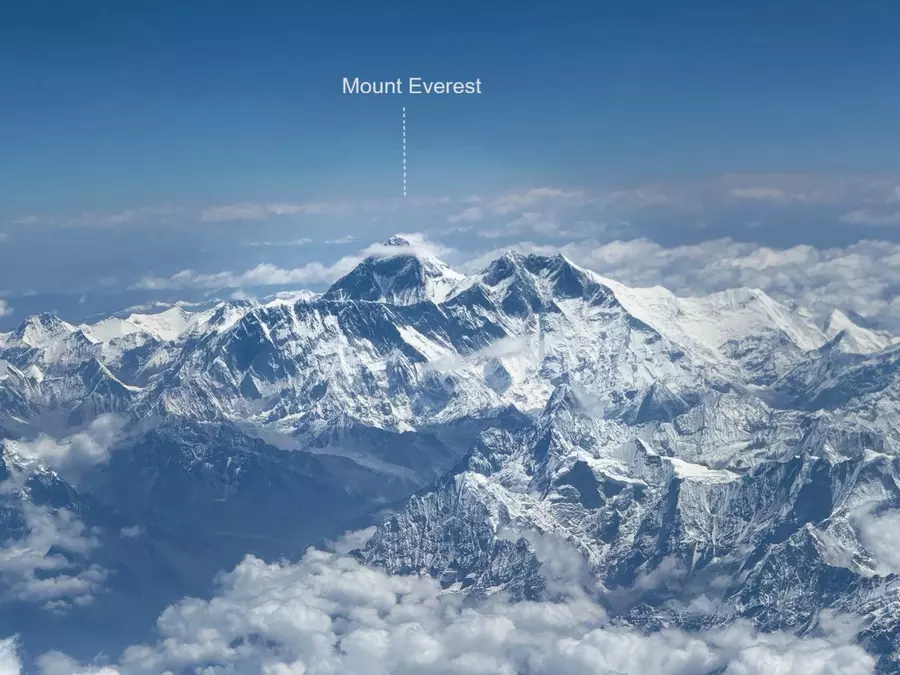
Transportation
Tribhuvan International Airport is situated around 6 kilometers from the center of Kathmandu in the Kathmandu Valley. It serves Kathmandu as well as nearby tourist centers like Bhaktapur and Patan. The surrounding area has well-developed transportation options, including taxis and buses. Travelers can easily take a taxi to Thamel (Kathmandu’s main tourist area), a vibrant area full of hotels, restaurants, and travel agencies—perfect for backpackers. The airport is also well connected to Kathmandu’s train station and long-distance bus terminal, providing diverse travel options.
Facilities and Infrastructure
Tribhuvan International Airport has its own unique charm, although it is not very large. Unlike most modern airports, it feels more like a lively, bustling place. The airport has two terminals—domestic and international—with shops selling Nepali handicrafts and international brands, cafes, restaurants, and duty-free stores for shopping and dining convenience. Most facilities are manually operated, with separate security checks for men and women, and staff conduct necessary body inspections. The staff are friendly and attentive, offering a comfortable and efficient experience for travelers.
However, as Nepal’s only long-standing international airport, KTM’s infrastructure is still limited. With only one runway handling all takeoffs and landings, delays are common during peak times.
Flight Delay Risks
Kathmandu Airport is located in a valley surrounded by the Himalayan mountains. The complex terrain means that natural weather conditions can impact flight operations. In winter (December to February), fog often reduces visibility, leading to delays or cancellations. The summer monsoon season (June to September) can cause heavy rains, also resulting in delays.
Travelers planning to visit Kathmandu during winter or the rainy season should allow sufficient buffer time in the itinerary, and consider purchasing flight insurance in advance to cope with possible delays or rescheduling. At the same time, keeping flexible arrangements and maintaining patience will help reduce inconvenience and stress during the journey.
Visa Entry Process
It is recommended to fill out the on-arrival visa form online about a week before your trip, choosing the English version, which takes only a few minutes. Save a screenshot on your phone to show at customs. If you haven't completed the form beforehand, you can also fill out the self-service kiosks at the airport, though there may be queues.
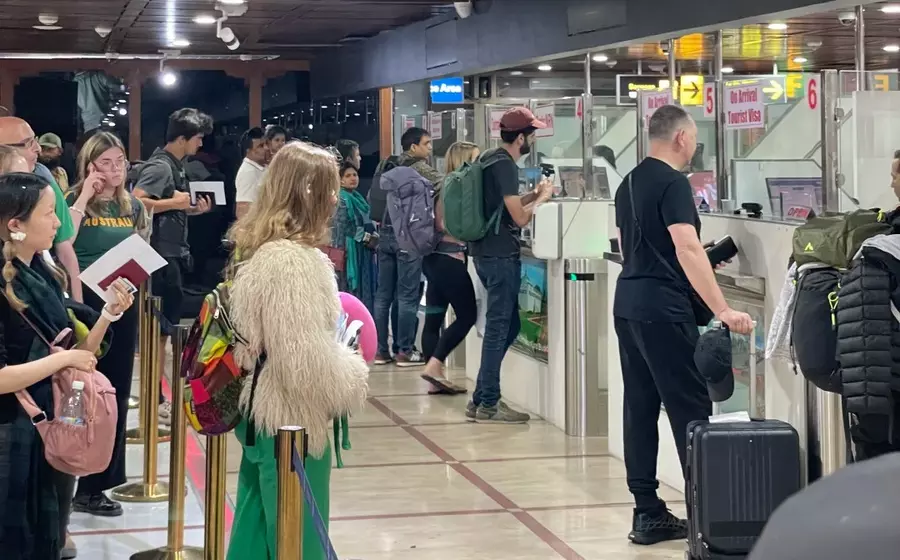
And of course, you can apply for a Visa on arrival at the counter. After landing, follow the signs to the immigration hall and queue for the “On Arrival Tourist Visa.” During peak seasons, queues can last 30 minutes or more; during off-peak times, it may only take a few minutes. Do not cut into the business visa queue, as it may cause delays and require you to rejoin the tourist visa line.
Visa fees are payable in cash at the counter—USD 30 for 15 days, USD 50 for 30 days, and USD 125 for 90 days. Having exact change in USD will make the process faster.
Baggage Claim and Pick up
After the stamp and clearance, proceed to the baggage claim hall to collect your luggage. Follow the designated passage to the end, take the elevator downstairs, and the pickup area will be on the right front side of the hall exit. Taxis from the airport to Thamel cost approximately NPR 500-1000.
Currency Exchange
Kathmandu Airport provides currency exchange services for Nepalese Rupees, but the rates and service fees are relatively high. It is recommended to exchange a small amount of cash, USD 50–100, at the airport counter for initial expenses. For better rates, you can exchange the rest in Thamel or other parts of Kathmandu. A taxi ride to downtown Kathmandu, such as Thamel, costs about NRP 500–1000 (USD 4–7).
SIM Card
The right side of the airport exit has SIM card counters where staff will help set up your card, even trimming SIMs for iPhones and other models. According to user feedback, Nepal Telecom (NTC) has better signal coverage even in remote areas, whereas Ncell generally has good urban coverage but may drop in remote regions. The cost of a SIM card is about NPR 200-300 (USD 1.5-2.5), but the card usually has no credit, so you’ll need to purchase additional call/data packages. You’ll need to provide a copy of your passport and a small passport-sized photo when purchasing.
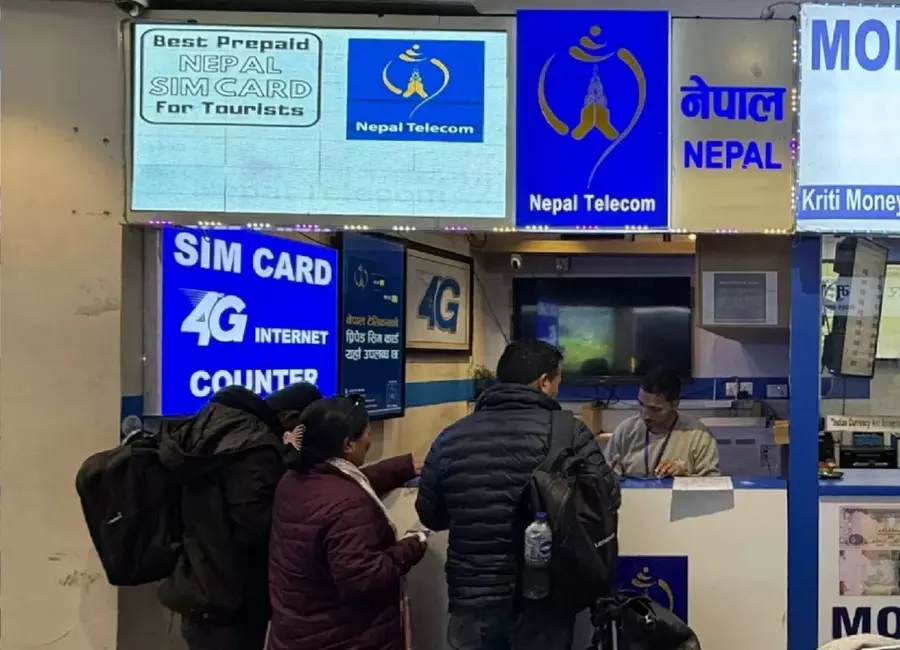
Conclusion
Tribhuvan International Airport (KTM) is Nepal’s main gateway for international flights. While not highly modernized, it offers friendly service, convenient shopping, dining, and transportation options to meet travelers’ basic needs. Be aware that winter fog and the monsoon season, combined with complex terrain, may cause delays or cancellations. It’s advisable to allow extra time and stay flexible. The immigration, baggage claim, pick up, and SIM card procedures are straightforward, especially if you prepare documents and cash in advance. Overall, KTM is a vital transportation hub and the starting point for exploring Nepal’s stunning scenery.
Email response within 0.5~24 hours.


